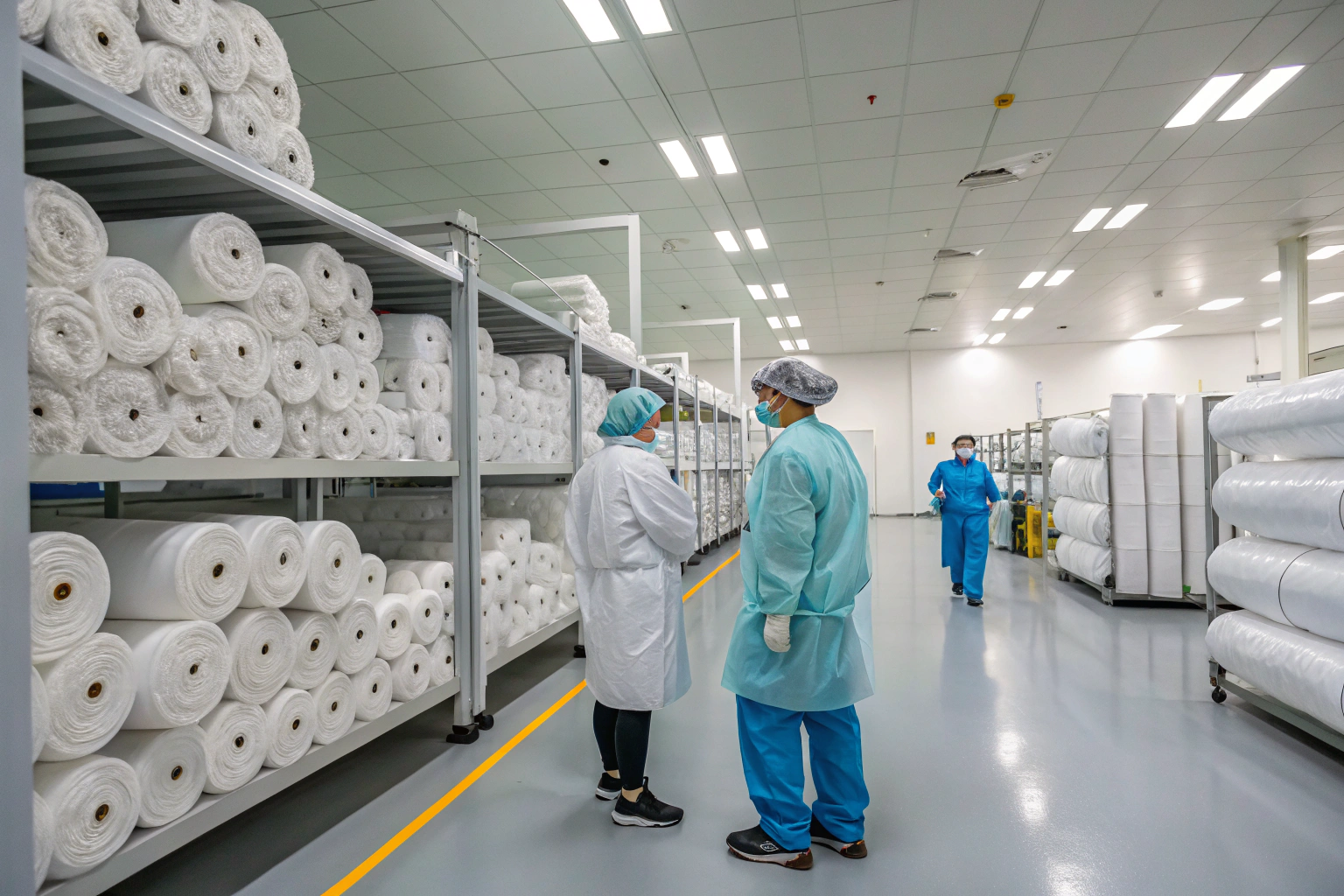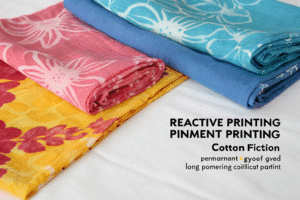In the healthcare industry, sourcing surgical gown fabric is not only about cost. It is about safety and compliance. Many buyers face unreliable suppliers, inconsistent testing, and certification delays. This leads to wasted resources, shipment problems, and possible regulatory rejection.
To source ISO 22610 tested surgical gown fabrics, buyers should focus on finding reliable suppliers, verifying authentic reports, and maintaining strict quality checks. These steps protect brand reputation and ensure gowns meet global infection-control standards.
At Fumao Fabric, I understand these challenges from decades of supplying medical textiles. This article explains how to source ISO 22610 tested fabrics, what to ask suppliers, and how to secure your supply chain.
Why is ISO 22610 important for medical textiles?
Hospitals expect guaranteed protection against bacterial penetration in wet conditions. Many buyers ask: what does ISO 22610 mean for them?
ISO 22610 is the benchmark for wet bacterial penetration resistance in gowns and drapes. It simulates surgical conditions where liquid, friction, and bacteria interact. Fabrics passing this test protect both patients and staff from cross-contamination.
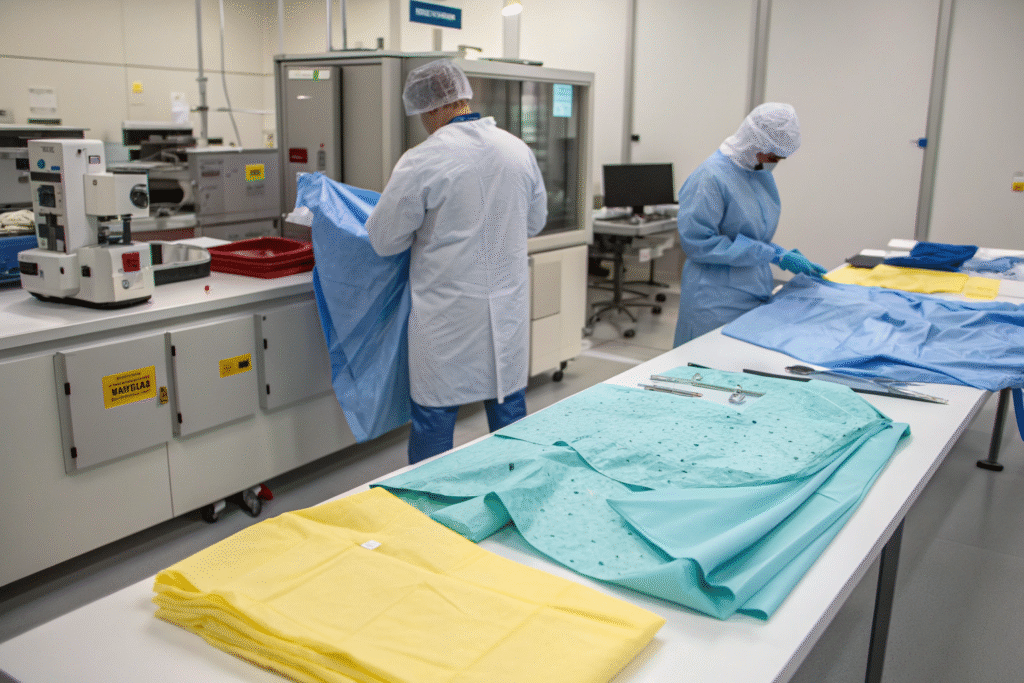
Unlike general "medical grade" claims, ISO 22610 provides measurable safety data, which is why top hospitals require it.
What does the ISO 22610 test involve?
The test applies pressure with a rotating finger on contaminated material placed over the fabric. After incubation, bacterial colonies are counted to calculate the barrier index (IB). A fabric with IB ≥ 6 is high-performance, especially for sleeves and chest. More details at ISO and IVAMI labs.
Which fabrics typically pass this test?
Common options include SMMS nonwoven, laminated materials, and microfiber blends. SMMS is lightweight and cost-effective, while laminates offer durability. See Medline and 3M Drapes for more.
How to identify reliable ISO 22610 tested fabric suppliers?
Finding certified suppliers is not easy. Some lack proper testing equipment or outsource to unverified labs.
The key is to confirm their testing ability, certification, and history. Reliable suppliers provide valid ISO 22610 reports from accredited labs and accept independent testing.
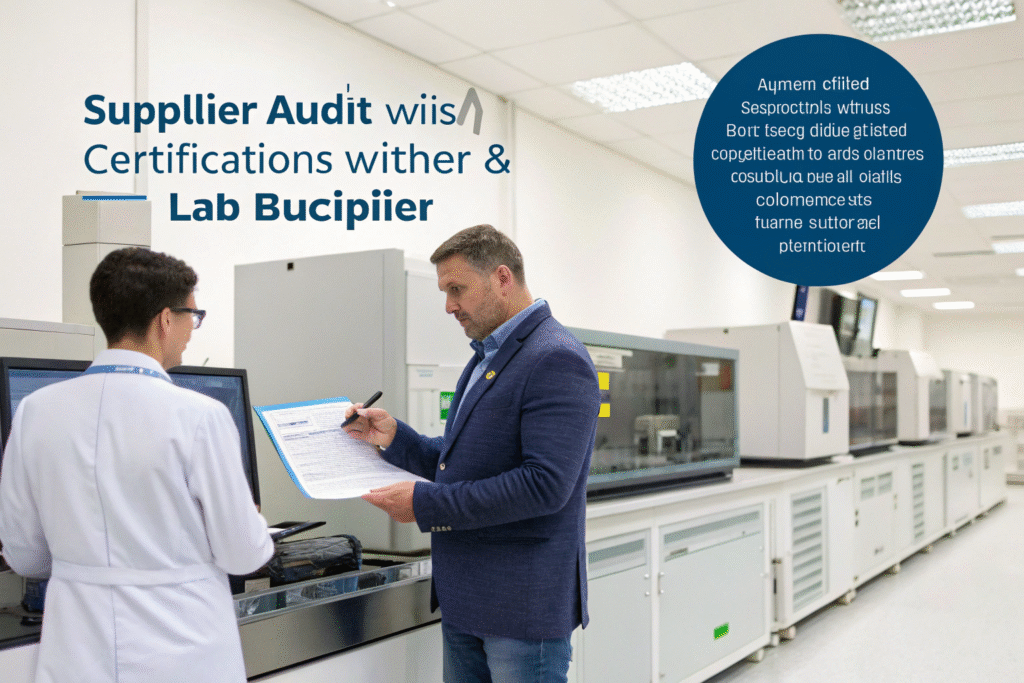
Always request certification documents, lab accreditation, and quality data.
What questions should I ask a supplier?
Ask if they have in-house ISO 22610 equipment or work with accredited labs. Request original test reports showing CFUs, IB values, and lab stamps. Equipment like the Wet Microbial Penetration Tester ensures compliance.
How do I validate test reports?
Check the issuing lab via SGS or Intertek. Ensure reports reference ISO 22610:2018. For extra assurance, send samples to Nelson Labs.
What role does independent testing play in sourcing?
Even with certified suppliers, independent testing confirms delivered fabric meets standards. Many importers skip this and risk receiving poor material.
Retesting batches builds trust and prevents compliance failures. It shows consistency and strengthens your reputation.
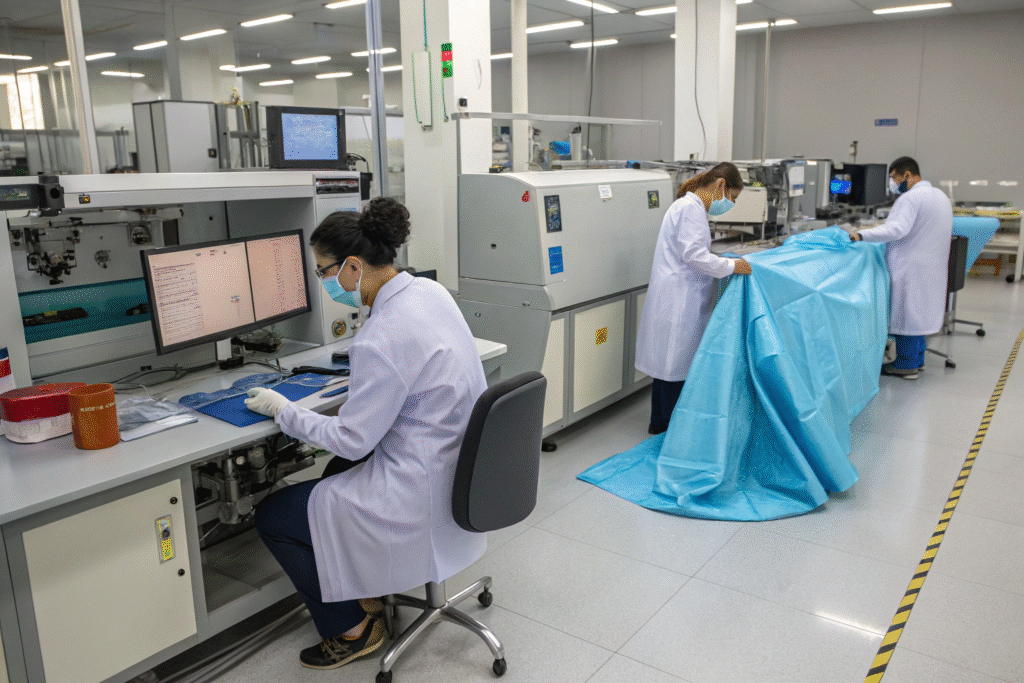
Where can I conduct independent ISO 22610 testing?
Use a CNAS-accredited lab in China or global labs like Eurofins and TÜV SÜD. Always request penetration data and IB scores.
How often should testing be repeated?
For gowns, best practice is to test each batch or every 50,000 meters of fabric. Sensitive markets like the US and EU often demand this frequency. See FDA guidance for details.
What procurement terms should be set with suppliers?
Certification alone is not enough. Without clear contracts, buyers risk delays, untested lots, or customs rejection.
Contracts should require ISO 22610 compliance, batch testing, and penalties for failure. This ensures accountability and consistent quality.

What contract clauses should I include?
Define required ISO 22610 levels, acceptable IB values, and rejection rules. Use references like ICC Incoterms and adapt them to medical textiles.
How can I safeguard logistics and delivery?
Choose suppliers offering QC inspections, customs clearance, and bonded warehouse storage. See Export.gov for compliance tips.
Conclusion
Sourcing ISO 22610 tested surgical gown fabrics is a safeguard for your business. By understanding the test, checking suppliers, verifying independently, and setting strong contracts, you ensure compliance with global standards. This protects patients, staff, and your brand.
If you are ready to source ISO 22610 tested fabrics with confidence, I invite you to work with Shanghai Fumao. We manage weaving, finishing, packaging, and customs. Contact our Business Director Elaine at elaine@fumaoclothing.com.

